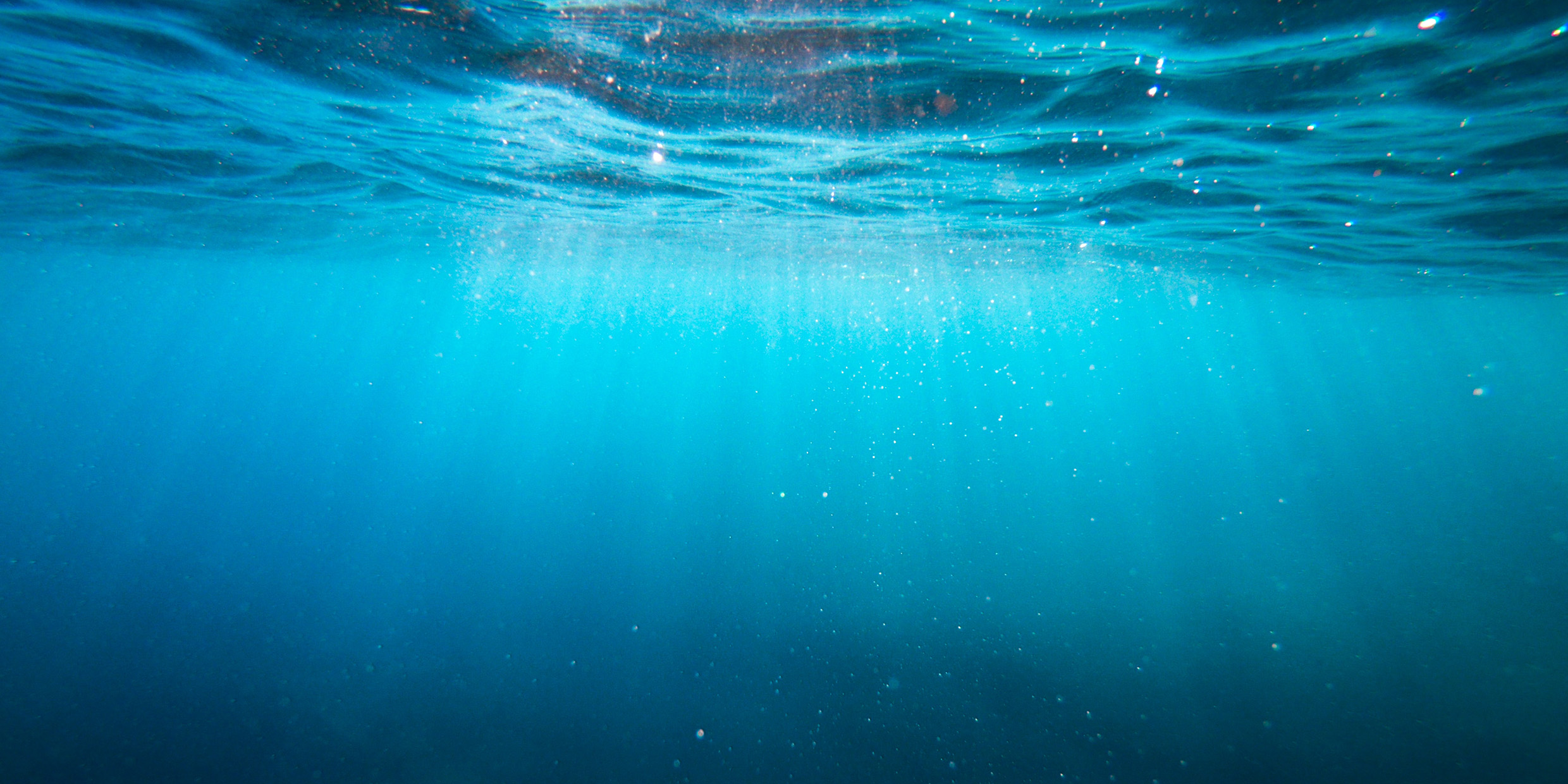Originally published 15 September 1986
Not long ago the British journal Nature published a report titled “A new class of Echinodermata from New Zealand.” In it the authors describe an animal previously unknown to science, nine of which were discovered on waterlogged wood dredged up from the ocean off the New Zealand coast.
Echinodermata are a phylum, a category, of spiny marine animals that includes starfish, sand dollars, and sea urchins. No new class of living echinoderms has been described since 1821. This new animal from New Zealand differs from all other living echinoderms in several anatomical details. The tiny creatures (they are not much bigger than this letter O) have been informally dubbed “sea-daisies.” The official designation of the new class is Concentricycloidea. The genus and species are Xyloplax medusiformis.
In science, living creatures are classified according to a system that looks like a family tree. As one moves inward along a branch of the tree from twig to trunk — species, genus, family, order, class, phylum — the likelihood of finding a new member grows more and more remote, so the New Zealand find was no small thing.
The report in Nature follows the standard format for announcing such a discovery. First, the names for class, order, family, genus, and species, with etymology (but not the evocative nickname). Next, a precise accounting of the circumstances of discovery. Finally, a detailed description of the animal.
Emotions not recorded
Missing, as from all such reports, are the thoughts and emotions of the discoverers. Of them, we know only their names and their place of employment.
By a self-imposed prohibition, scientific reporting allows little room for human emotion. We must rely on the imagination to supply the feelings that were present at that magical moment when the two New Zealanders and one Australian recognized that they had found something significantly new — elation, laughter, amazement, relief, joy in the successful hunt, surprise, gratitude, the electrifying tingle in the spine.
The novelist Vladimir Nabokov, who was also an accomplished lepidopterist, described the thrill of discovery of a new butterfly as being like that of a child who has learned to ride a bicycle. The dream at the back of every lepidopterist’s mind, he wrote, whether climbing a mountain in New Guinea or crossing a bog in Maine, is of capturing the first specimen of a species unknown to science.
Nabokov had the good fortune and intense pleasure of describing several new species and subspecies of butterflies. Butterflies belong to the phylum Arthropoda, a phylum that includes the insects, spiders, and crabs. Half a million species of insects alone have been described, and some zoologists believe there are ten million more waiting to be discovered. The echinoderms are a more restricted phylum; only some 6000 living species are known. To discover an echinoderm so different as to require the creation of a new class — such as Concentricyloidea — must be a very great thrill indeed.
The thrill of discovery
Literary reports such as Nabokov’s, that convey the thrill of discovery, are rare. Let me recount one more, from Edmund Gosse’s autobiographical Father and Son. Gosse’s father was a zoologist and a writer of books on natural history. On June 29, 1859, before Edmund Gosse was the age of ten, he accompanied his father on a collecting expedition along the Devon shore. He found a creature with which he was unacquainted, and ran with overbrimming pleasure to announce the discovery to his father.
It turned out to be not only a new species but a new genus to be added to the British fauna, a sea-anemone known ever since as Phellia murocincta, or walled corklet. Gosse’s recollections of “those delicious agitations by the edge of the salt sea wave” vividly suggest the excitement of adding a new twig to the tree of life.
It is not hard to guess that Alan Baker, Helen Clark, and Frank Rowe, the three echinoderm specialists from Down Under, looked upon their nine little daisy-like specimens with something akin to “delicious agitation.” But there is nothing delicious or agitated about their report in Nature. The report is devoid of passion.
The prosaic formulas of scientific reporting serve an important purpose. They help maintain science as a communal enterprise, free of the prejudices of nationality, race, religion, politics, and personality that have plagued so many human enterprises. It is the ideal of science (unhappily, not always achieved) that facts and theories stand unembellished, to be judged in independence of the quirks and agitations of their discovery or creation.
Meanwhile, as we read the matter-of-fact account of the discovery of Xyloplax medusiformis (or “sea-daisy”), we must supply for ourselves the missing human dimension, the heady kick of discovery, what Nabokov called the “ardent and arduous quest ending in the silky triangle of a folded butterfly lying on the palm of one’s hand.”



